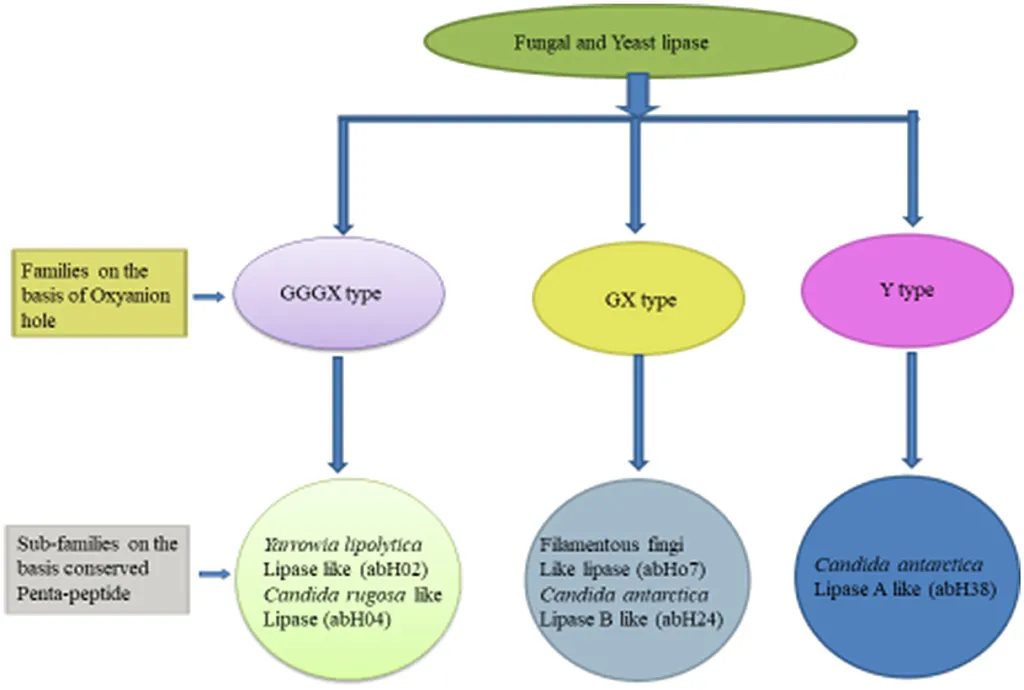In a significant stride towards enhancing industrial enzyme production, researchers have successfully boosted lipase output in the yeast Pichia pastoris by co-expressing the hac1 gene, a key regulator of the unfolded protein response (UPR). This breakthrough, published in the *Hayati Journal of Biosciences*, could have profound implications for the agriculture sector, particularly in the production of enzymes used in biofuel, food processing, and waste management.
Lipases, enzymes that break down fats, are in high demand across various industries. However, producing them efficiently and cost-effectively has been a challenge. The study, led by Esti Puspitasari from the Research and Development Biotechnology Department at Wilmar Benih Indonesia, tackled this issue by introducing multiple copies of bacterial lipase genes from Geobacillus stearothermophilus into Pichia pastoris and co-expressing the hac1 gene.
The results were striking. The strain with a single copy of the lipase gene and hac1 (GS115/T1.2RQ(1X)_hac1) showed an 186% increase in lipase activity after 120 hours compared to the control. Meanwhile, the strain with four copies of the lipase gene and hac1 (GS115/T1.2RQ(4X)_hac1) demonstrated a rapid initial increase in lipase activity, reaching 38% at 48 hours and 28% at 120 hours. This faster production rate could be a game-changer for industrial applications, where time and efficiency are crucial.
“The hac1 gene enhances lipase production by activating UPR genes when the endoplasmic reticulum is stressed due to a large number of recombinant proteins,” Puspitasari explained. “This helps in the proper folding of proteins, leading to increased enzyme production.”
The study confirmed the expression of extracellular lipase through SDS-PAGE and tributyrin plate assays, with the enzyme showing a molecular weight of approximately 43 kDa. The findings highlight the potential of hac1 co-expression to significantly boost lipase production, particularly in lower-copy constructs.
The commercial impact of this research is substantial. In the agriculture sector, lipases are used in various processes, from improving the nutritional value of animal feed to enhancing the efficiency of biofuel production. By increasing the yield of lipase production, this research could lead to more cost-effective and sustainable solutions for these applications.
Moreover, the study opens up new avenues for developing more efficient microbial cell factories. As Puspitasari noted, “This is the first report of co-expressing hac1 with Geobacillus stearothermophilus lipase genes in yeast. The findings are expected to contribute to developing more efficient microbial cell factories for producing industrial enzymes.”
The research not only advances our understanding of enzyme production but also paves the way for future innovations in the field. As the demand for industrial enzymes continues to grow, such breakthroughs will be crucial in meeting the needs of various industries, including agriculture. The study’s findings, published in the *Hayati Journal of Biosciences*, underscore the importance of ongoing research in biotechnology and its potential to drive industrial progress.

